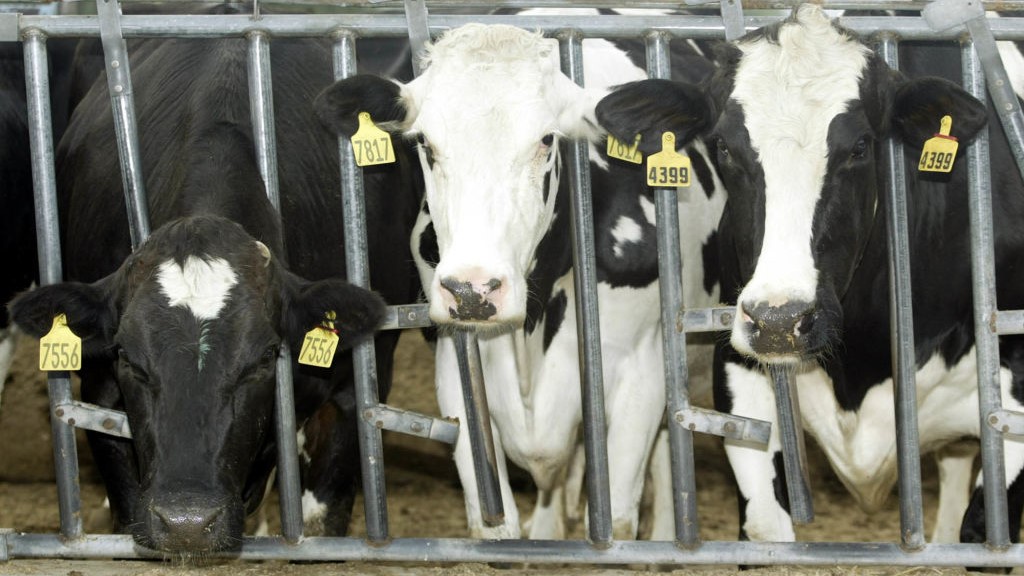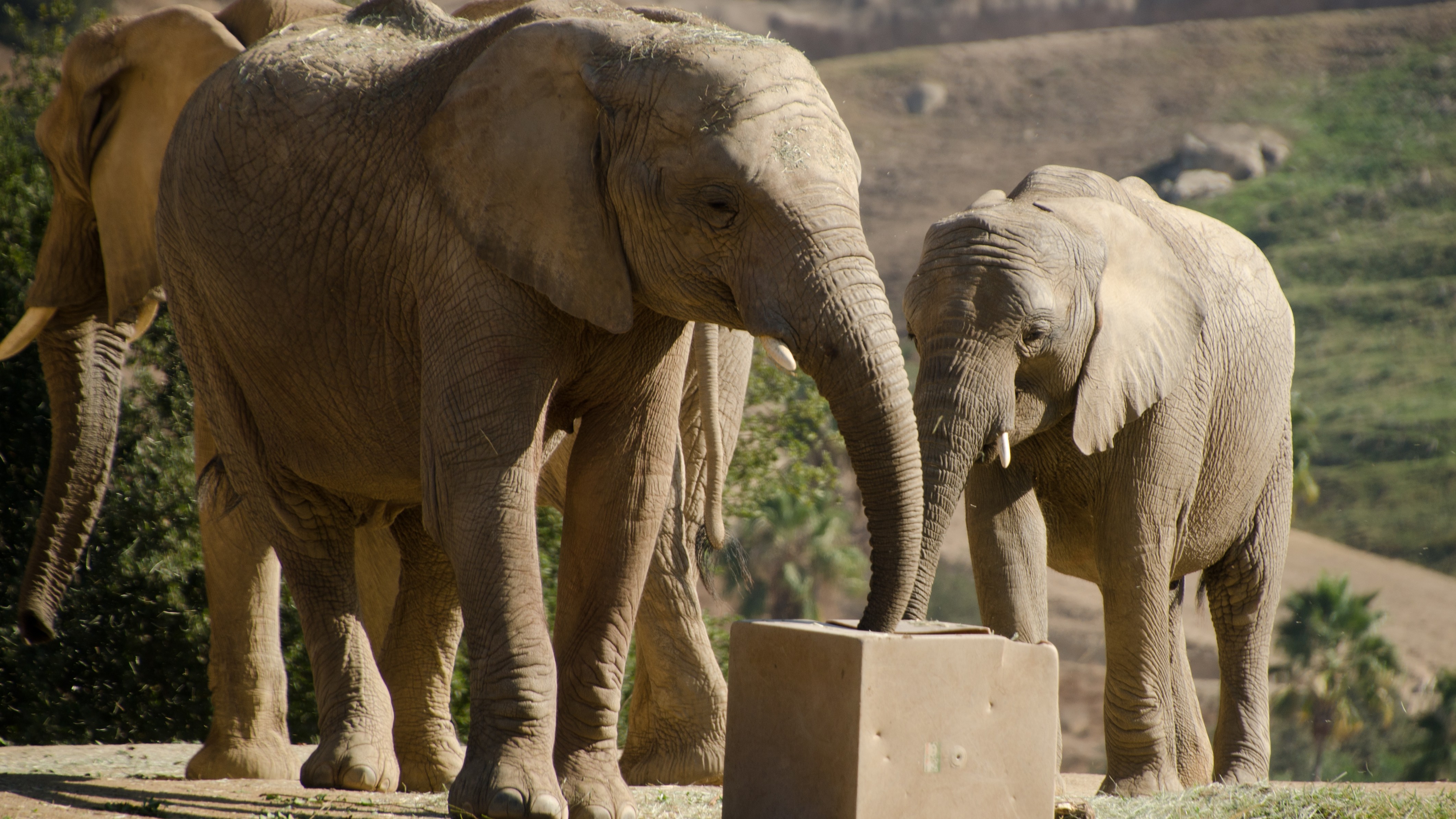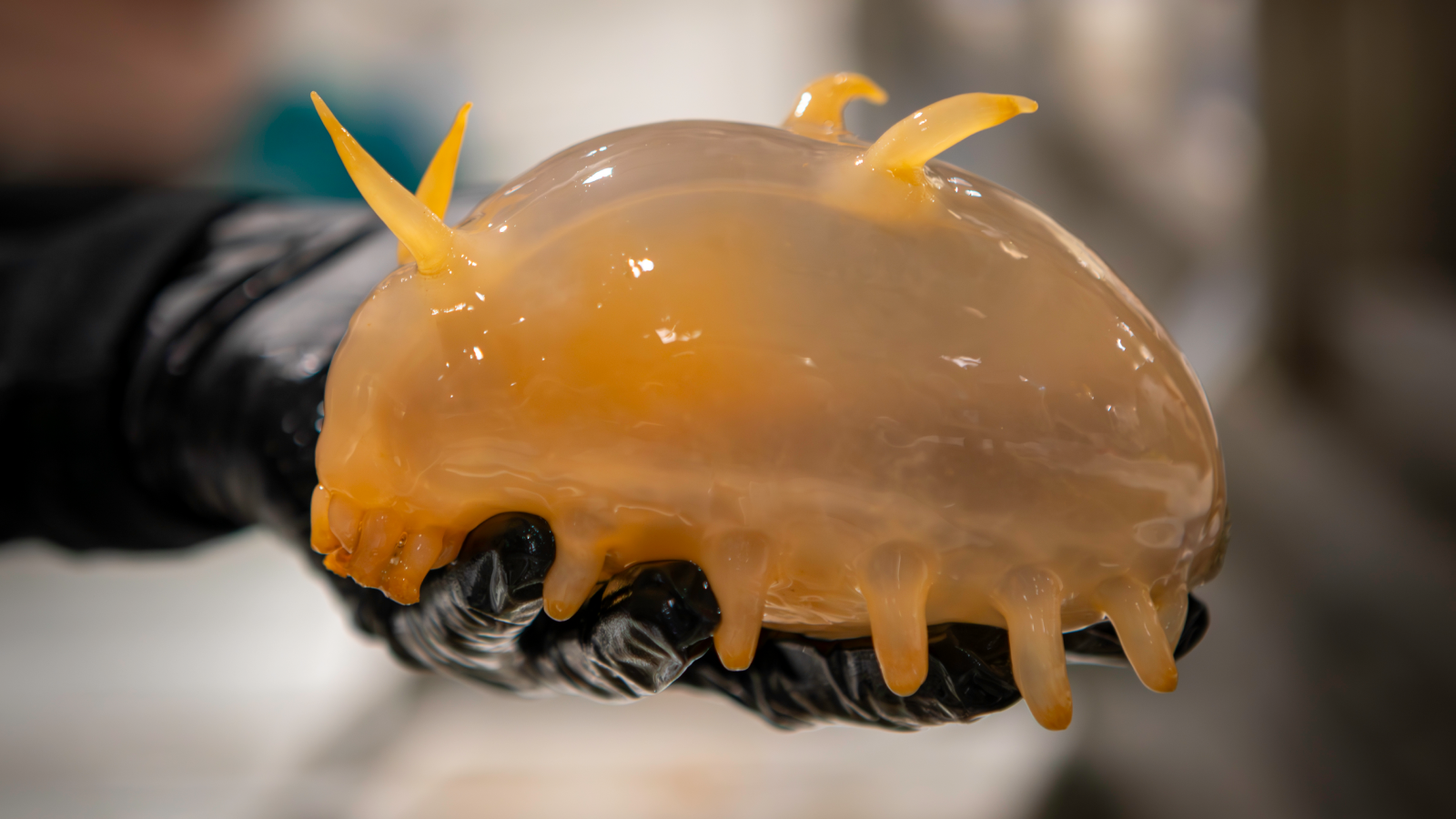In world 1st, dairy cows in Texas and Kansas test positive for H5N1 bird flu
Unpasteurized milk samples and throat and nose swabs from cows on U.S. dairy farms have tested positive for bird flu, marking the second known cases in ruminants in the U.S.

Dairy cows on farms in Texas and Kansas have tested positive for bird flu in the first known cases in cows in the U.S., and likely the world. Cows in New Mexico are also thought to have been infected, but they have not yet been tested.
Three weeks ago, the cows became sick with a cold-like illness, The Associated Press reported. The animals were producing less milk than usual, their appetites decreased and they appeared lethargic.
Unpasteurized milk samples and throat and nose swabs showed that the cows were infected with the H5N1 strain of highly pathogenic avian influenza, the Texas Animal Health Commission announced Tuesday (March 26). This strain is known to cause outbreaks in wild and domesticated birds and to occasionally infect people.
The announcement comes a week after the first U.S. cases of bird flu in goats (Capra hircus) were reported. The goats were sharing a pasture and water source with ducks and chickens that were infected with bird flu on a backyard farm in Stevens County, Minnesota, according to a report by the World Organisation for Animal Health.
The spread of bird flu to goats "highlights the possibility of the virus infecting other animals on farms with multiple species," Brian Hoefs, the Minnesota state veterinarian and executive director of the Minnesota Board of Animal Health, said in a statement released March 20.
Related: Bird flu wipes out over 95% of southern elephant seal pups in 'catastrophic' mass death
Based on the new results from Texas, officials think the dairy cows were likely infected by wild birds. The tests did not detect any changes to the bird flu virus that would make it more transmissible to humans, the AP reported.
Sign up for the Live Science daily newsletter now
Get the world’s most fascinating discoveries delivered straight to your inbox.
In outbreaks of bird flu in poultry, officials have had to cull entire flocks to control the spread of the virus. By contrast, the cows that tested positive for bird flu appeared to recover without treatment within seven to 10 days, experts told the AP.
The virus infected about 10% of lactating dairy cows in the affected herds. As such, the situation "doesn't look anything like the high-path influenza in bird flocks," Michael Payne, a food animal veterinarian and biosecurity expert at the University of California, Davis, told the news agency.
Only milk from healthy animals on the affected dairy farms will enter the food supply. The U.S. Department of Agriculture considers the risk to people low and noted in a statement that pasteurization, which is required for milk sold through interstate commerce, kills viruses and bacteria.
So far, H5N1 bird flu has been reported in 48 mammal species, including foxes, skunks, raccoons, seals and polar bears. "It was probably only a matter of time before avian influenza made its way to ruminants," which include hooved, cud-chewing mammals like cattle, goats and sheep, Payne said.
There are no reported cases of bird flu being transmitted from nonhuman mammals to humans in the U.S. to date, according to the Minnesota Board of Animal Health. There have been rare cases of the infection spreading from birds to people. Any risk of infection is limited to people who have direct contact with infected animals, experts told the AP.
Ever wonder why some people build muscle more easily than others or why freckles come out in the sun? Send us your questions about how the human body works to community@livescience.com with the subject line "Health Desk Q," and you may see your question answered on the website!

Sascha is a U.K.-based staff writer at Live Science. She holds a bachelor’s degree in biology from the University of Southampton in England and a master’s degree in science communication from Imperial College London. Her work has appeared in The Guardian and the health website Zoe. Besides writing, she enjoys playing tennis, bread-making and browsing second-hand shops for hidden gems.









